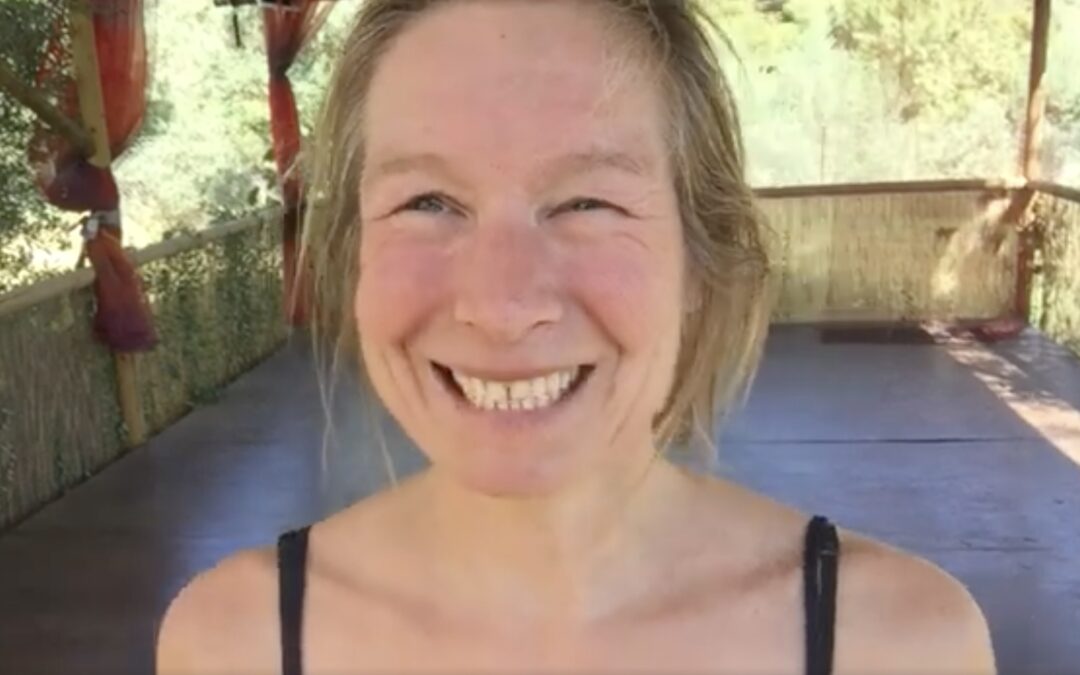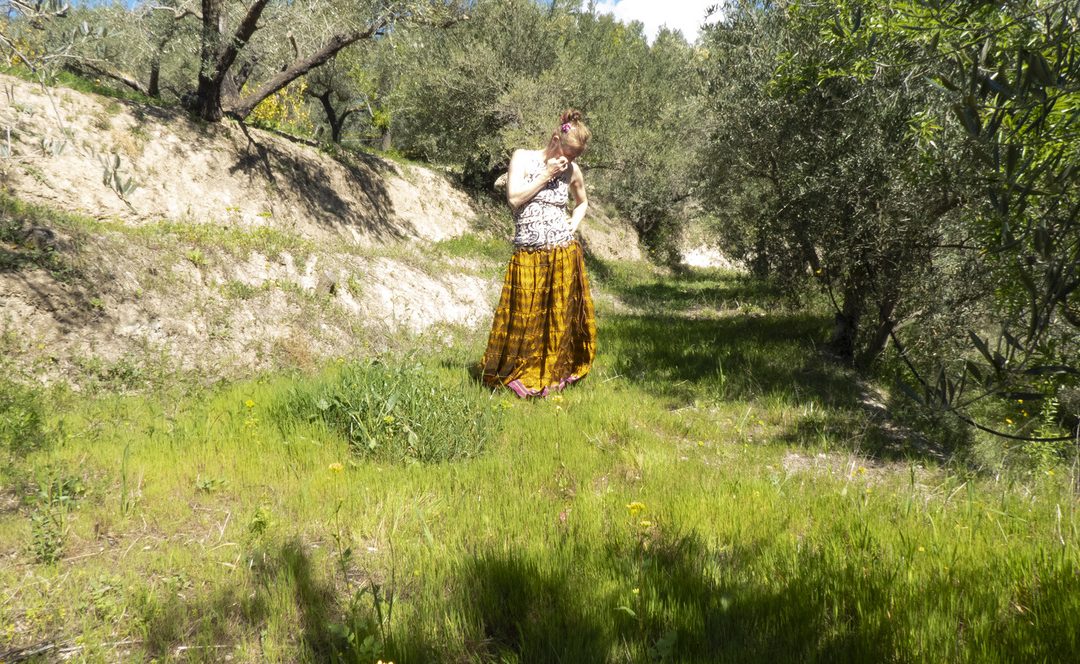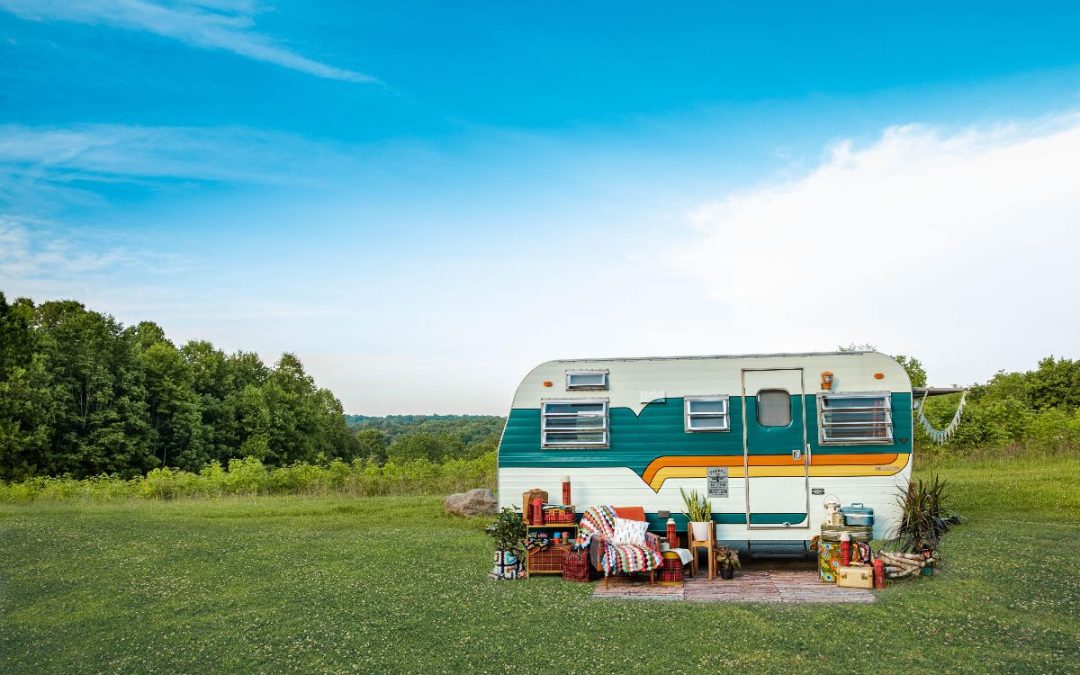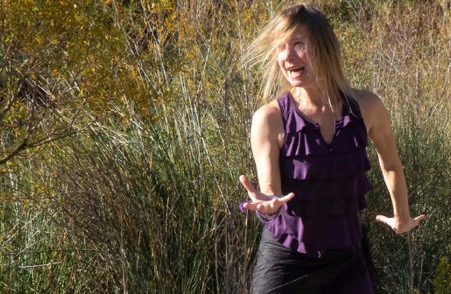Isn’t it interesting how your brain’s health, and vitality are interwoven with your body’s well-being and fitness?
But how to help our bodies and brains really feel fit and well in this fast-paced, stressful, mind-over-body age?
I read the above article out of my professional interest as an NIA holistic fitness teacher, neuro-physical specialist, and somatic energetic coach guiding women of all ages and walks of life to build loving relationships with their bodies and attune better to their innate body wisdom. Discovering how a person moves and what moves this person is an important part of my work to help women reconnect with their physiological, psychological nature. So this question came to mind:
Is it about exercising our being or our body?
I believe that movement has to add to the body not hurt it. In striving, disregard less of the body’s design or the unique preferences of one’s own body. there is no gain, just pain. Our Nervous systems respond to pain with stress and survival programming.
Unfortunately, many movement practices are intended for working out on the body only. There is hardly any space to slow down, feel, and listen to the sensations in the body. It is as if our minds are training our bodies, guided by their conditioning and social expectations.
Many women have lost alignment with the needs of their bodies. And attunement to feeling and emotion is crucial for women to navigate effortlessly through important biological transitions in life-such as menopause-and age with grace, elegance, and confidence. This Mind-over-Body climate, deprives the female brain of crucial information to stay healthy.
I believe that female bodies in particular need joyful movement, spontaneity, playfulness, care, strength, flexibility, agility, balance, healthy emotional housekeeping, and positive, realistic thinking. And funnily enough, that is exactly what our nervous systems also need.
Probably many dance fitness forms that focus on exercise can really help strengthen our brains and probably improve the quality of aging. But I’m convinced that it takes more than just physical training
In guiding many women toward a loving relationship with their bodies and a deep sense of holistic well-being and vitality, I discovered that it all depends on the nature of the exercises and how they connect to who we are, what we need physically, emotionally, spiritually and mentally, and how these exercises contribute to restore the connection between soul, body, and mind. In this way, our nervous system receives the vital information to stay attuned to the body and environment and the brain can continue to function optimally.
Therefore a good fitness-oriented dance form for women should include play, expression, spontaneity, and joy in motion.
In playful, expressive movements, our whole being naturally gains more strength, mobility, agility, flexibility, and stability.
To age with grace and elegance, it is imperative that movement is aimed at breaking mental conditioning. No body becomes more flexible if the mind is not flexible. A flexible mind is open, curious, and willing to listen and attune to sensations and feelings. As a result, our sensory- and bodily awareness improves and we become attuned to what we need to stay healthy and resilient.
This is why I want to advocate for *NIA’s holistic approach, which benefits me and my clients – women of all ages and walks of life – so much. An approach grounded in sensory, somatic, and cognitive awareness.
*NIA stands for neuromuscular integrated action and purpose.
A typical NIA class has a balanced mix of freedom and form in dancing and moving. Form comes from many different movement forms that are captured in simple movement phrases or free dance explorations.
A crucial difference with many aerobic and fitness programs is that each NIA class is intended to workout the being instead of only the body.
Meaning that our emotional, mental, and spiritual well-being is equally important in staying healthy and vibrant. Hence, the mix of spontaneous dance and varied simple movement forms helps restore the nervous system and allow the brain to grow and make new connections while giving the body a gentle cardio workout.
NIA helps the nervous system stay healthy and resilient while enhancing the brain areas for memory and thinking.
Consciously creating joy in exercising is a powerful way to nourish the brain. Our brains learn when we are in a relaxed and playful state. Freedance is a powerful tool for joy, play, and spontaneity. It helps to release emotions, open one’s mind to the wonders of the body, and connect with others in a heart-opening way. And when freedance guides us into a somatic and sensory experience, it can help us discover more of ourselves in a physical, mental, emotional, and spiritual way.
Form, on the other hand, helps us to discover more of ourselves as we move beyond habitual patterns of preference when we dance. Through the form, the brain trains to memorize, finetune and become accurate in how it organizes itself. It has to ‘rethink’ the ways it wired itself when we dance movements combinations that feel unfamiliar or that are forgotten or unknown to the brain. Brains need variety, quality, intelligent repetition, and quantity to thrive and keep growing.
As we age or move through challenging transitions, our limited thinking patterns have a greater impact on our freedom of movement. Our physical bodies may not feel as strong anymore as we are used to experiencing them. It might cause women to experience fear of falling/failing or have the belief that one is too old to still move freely and spontaneously. Our brain gets slower and starts losing data when we don’t feed it with organic learning, moving, and tasting “new experiences’. This impacts our whole being.
The different movement forms and qualities that are brought to consciousness through form challenge our habitual muscular organization and help us to find strength, stamina, flexibility, fluid mobility, agility, and stability. It can give someone new self-confidence again to feel the ability to move with more of oneself again. To feel more whole and connected with oneself
Exercising that is playful, joyful, and non-striving helps to build awareness about your body’s way and needs through the different stadia of your life. It helps to regain a sense of curious, spontaneous, and playful being in your body. This energizes your nervous system and brain. And it helps restore many movement qualities that we lose over time due to our habits in moving and our preferences in movement.
Aging can be met with emotions of fear, sadness, or frustration. All muscles respond to emotions and vice versa. Movement phrases that are fused with different movement forms and movement qualities change our emotional state by addressing different muscle activities. Becoming aware of how you can change your own emotional states simply by making a different move is really empowering a life of vitality and joy no matter your age.
So now that you know this, what will be your next move, mentally, physically, emotionally, and spiritually?





